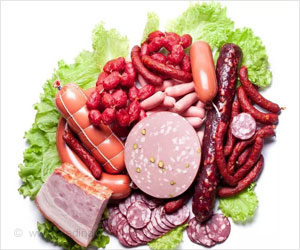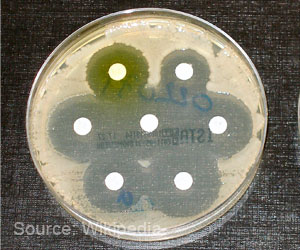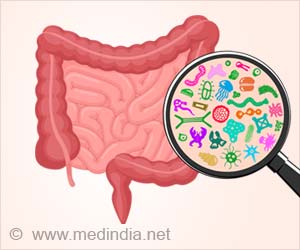Antibiotic resistance, which is indeed a global threat to health and well-being of people, is part of a bigger problem called antimicrobial resistance (AMR).

‘With easy availability of cheaply priced antibiotics over-the-counter (without prescription), there is growing antibiotic use and consumption to quickly tackle these infections and the result of such overuse, and often misuse, of the drugs is antibiotic resistance.’





AMR refers to the the ability of a microorganism (like bacteria, viruses, and some parasites) to stop an antimicrobial (such as antibiotics and antivirals) from working against it. As a result, standard treatments become ineffective, infections persist and may spread to others, according to the World Health Organization (WHO). Each year, drug-resistant infections kill around 700,000 people worldwide, and by 2050, this figure could increase to 10 million, according to an estimate. A World Bank report analysing the economic threats of AMR also suggests a decline of 3.8 per cent of world's annual GDP by 2050.
In India, the problem of antibiotic resistance is even more crucial as the country bears a huge burden of of infectious diseases.
"The tropical wet and dry climate of India provides suitable conditions for proliferation of bacterial diseases. India therefore bears one of the highest burdens of bacterial infections," Rajeshwari Sinha of Centre for Science and Environment (CSE), a New Delhi-based research organisation, told IANS.
"This, along with largely unsanitary conditions, limited infection prevention and control, poor environmental regulations and practice, and inadequate health systems allow for the high prevalence of infectious diseases," Sinha added. With easy availability of cheaply priced antibiotics over-the-counter (without prescription), there is growing antibiotic use and consumption to quickly tackle these infections and the result of such overuse, and often misuse, of the drugs is antibiotic resistance.
Advertisement
Besides urinary tract infections, antibiotic resistance is making it difficult to treat ICU (intensive care unit) infections and central lung infections, according to Rajesh Chawla of Indraprastha Apollo Hospital in New Delhi.
According to Supradip Ghosh of Fortis Escorts Hospital in Faridabad, Haryana, other factors driving antibiotic resistance in India include lack of awareness among both medical professionals and general public about the importance of preserving antibiotics.
"Just like clean water, clean air and clean energy our next generation deserves to get potent antibiotics," Ghosh said. "Lack of sanitation and pharmaceutical industry pollution also contribute to AMR," Banwari Lal, Senior Director, The Energy and Resources Institute (TERI) in New Delhi, pointed out.
A CSE study earlier this week revealed that while popular fast food multinationals made specific and time-bound commitments to eliminate antibiotic misuse in chicken supply chains in several developed countries including the US, they have not taken such steps in India.
The report accused these global giant of adopting "double standards". With chicken-based food a big part of their menu, the growing fast food industry is possibly a big contributor to rising antimicrobial resistance, CSE said.
To arrest the growth of antibiotic resistance, the unnecessary and inappropriate use of antibiotics needs to stop, Ghosh said. To address the issue, a Strategic National Action Plan (NAP) on AMR, led by the Ministry of Health and family Welfare and supported by the WHO, was released in April 2017.
"While the NAP is ambitious and comprehensive, its thorough implementation will be a challenge," Sinha said, adding that integrated surveillance system to monitor antibiotic resistance trends in humans, animals, food from animals and environment must be developed.
"The government should regulate the feed business which is currently unregulated. Antibiotics should not be allowed in feed and feed supplement and necessary standards need to be developed," Sinha suggested. Even every individual can also contribute to this global fight against antibiotic resistance.
"At an individual level, we have to create awareness and stop self-medicating ourselves. Antibiotics can have side effects and drug interactions. The chemists has to dispense medication only after ensuring a proper prescription and then stamp the prescription mentioning the date and quantity dispensed. Increasing the costs to discourage use will not work, the mindset has to change," Mahajan said.
Source-IANS









